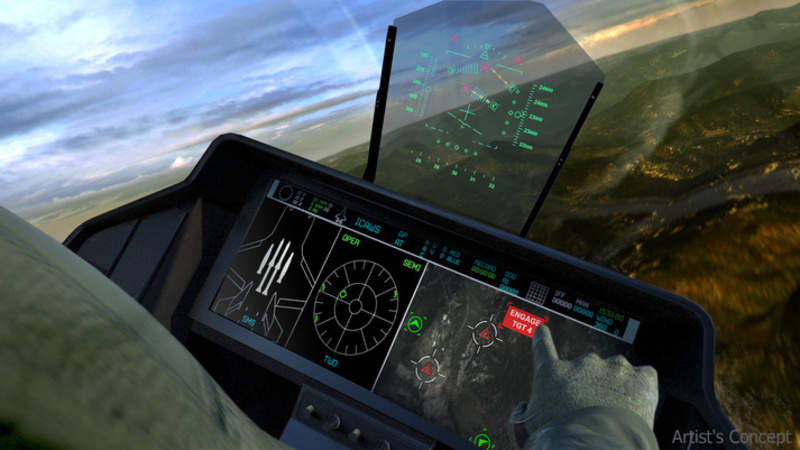
BAE Systems has developed automated, on-board software, which is designed to provide information to the combatant in communications-denied environments.
The company has developed advanced, semi-autonomous software in a category called distributed battle management (DBM) to help improve combat mission effectiveness.
The software provides timely and significant data to operators and pilots to enable them to better manage and control air-to-air and air-to-ground combat in challenging environments.
Information such as situational understanding, interchangeable roles, as well as coordinated objectives for teams of manned and unmanned aerial vehicles can be provided.
The software also enables compressed, prioritised data transfer when communications are available.
The US Defense Advanced Research Projects Agency (DARPA) and the US Air Force Research Laboratory (AFRL) successfully carried out an 11-day flight test that demonstrated the capabilities of the software.
The capabilities were proven for the first time and the seven live flights that were conducted included a combination of live and simulation runs, as well as simulation-only runs.
BAE Systems Planning and Control Technologies Directorate director David Hiltz said: “The lack of automated decision aids severely hinders operators and pilots from making critical decisions with limited communications so they can adapt to combat scenarios.
“Our DBM software delivers these automated decision aids that provide mission execution options and the ability to maintain a consistent mission representation and status across all platforms, which allows warfighters to make better, faster combat decisions to ensure mission safety and completion.”
The flight test included the company’s anti-access real-time mission management system (ARMS), which is a distributed adaptive planning and control software that offers near real-time mission capabilities enabling troops to engage air-to-air and air-to-ground targets, as well as search the airspace.
It also involved the contested network environment situational understanding system (CONSENSUS) that provides weapon-targeting guidance and mission awareness to pilots and operators through a common operational picture by fusing raw data from multiple platforms and sensors.



